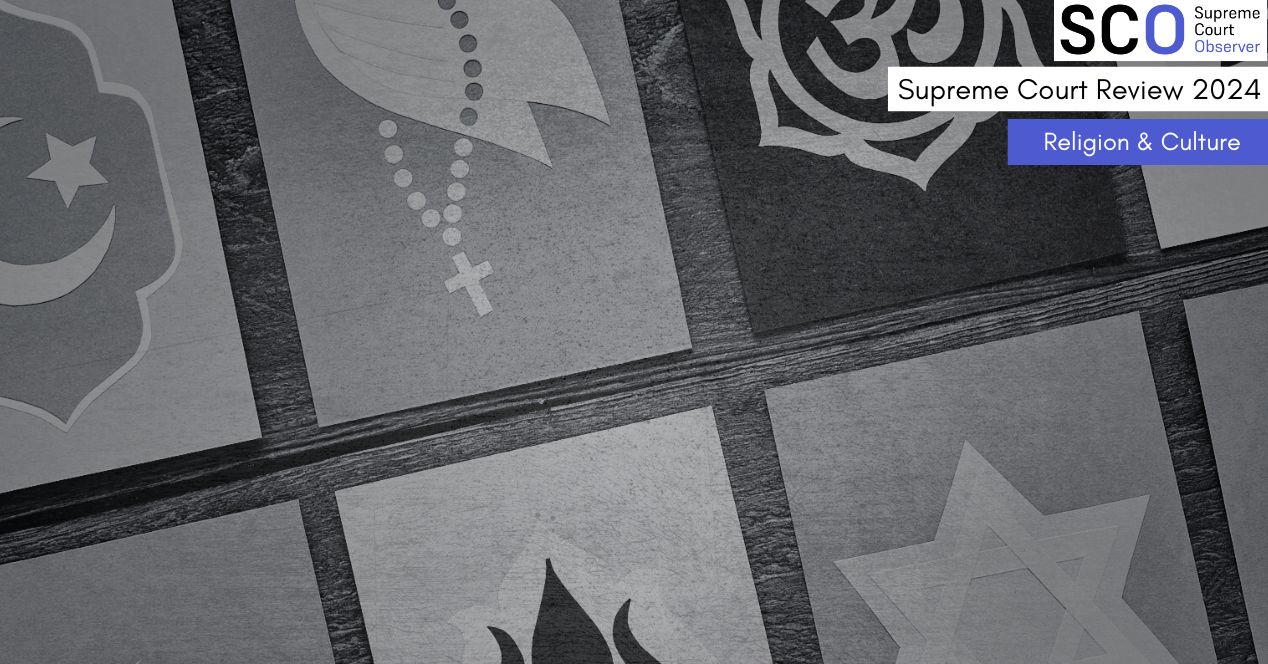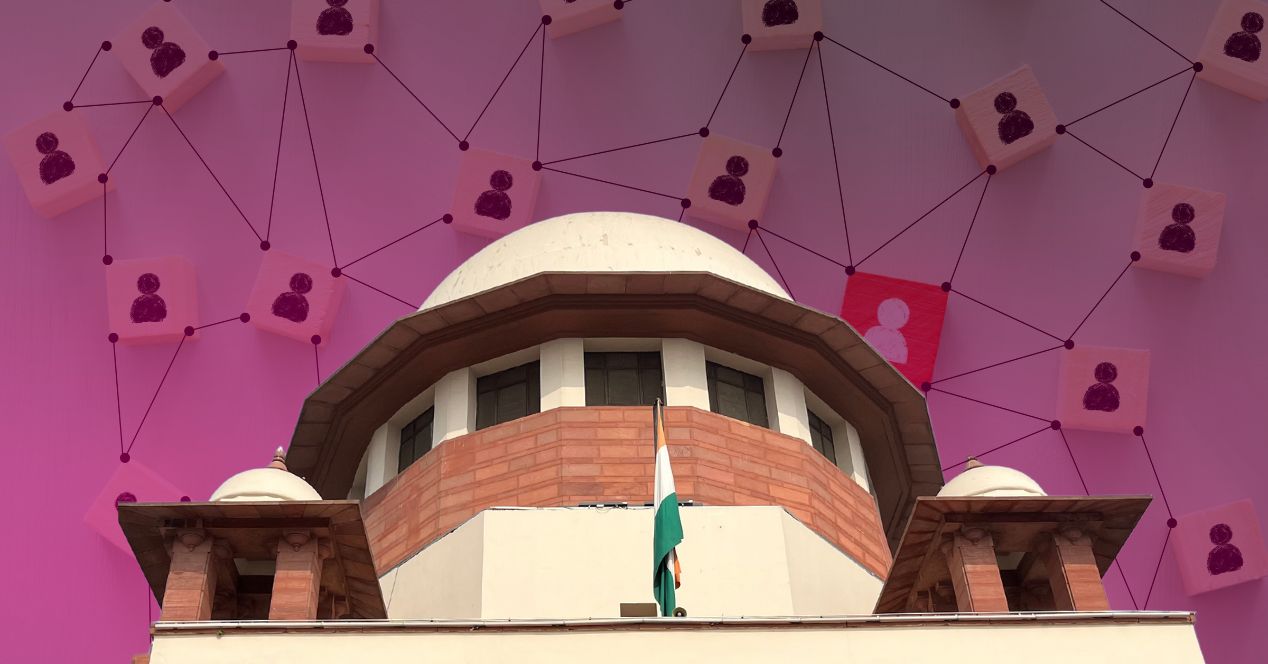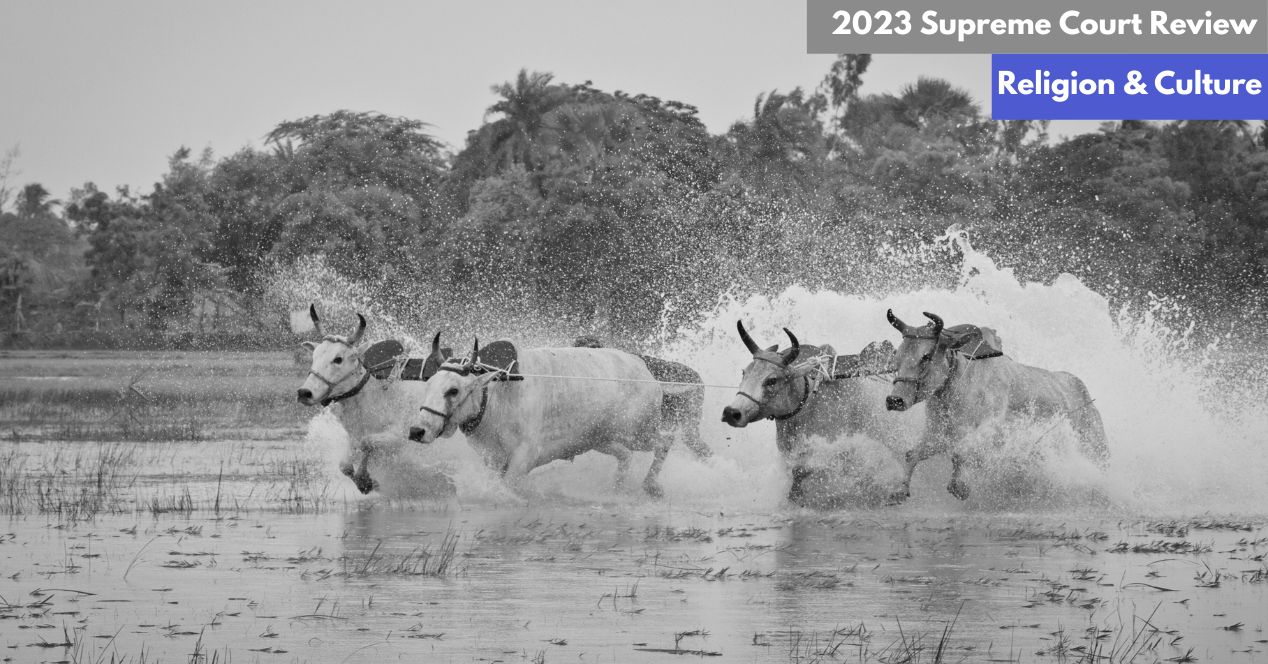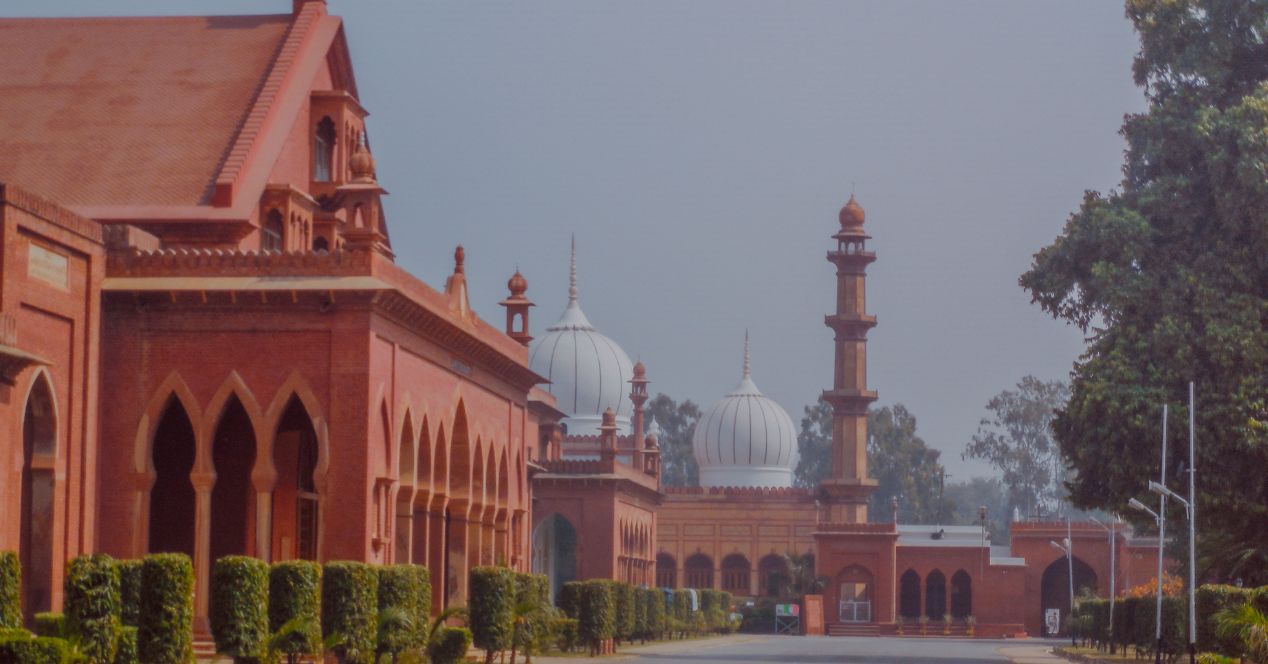Analysis
A split verdict, a compromised burial
The Court’s operative order in a case concerning a man’s right to be buried in his own village sets a bad precedent for split verdicts
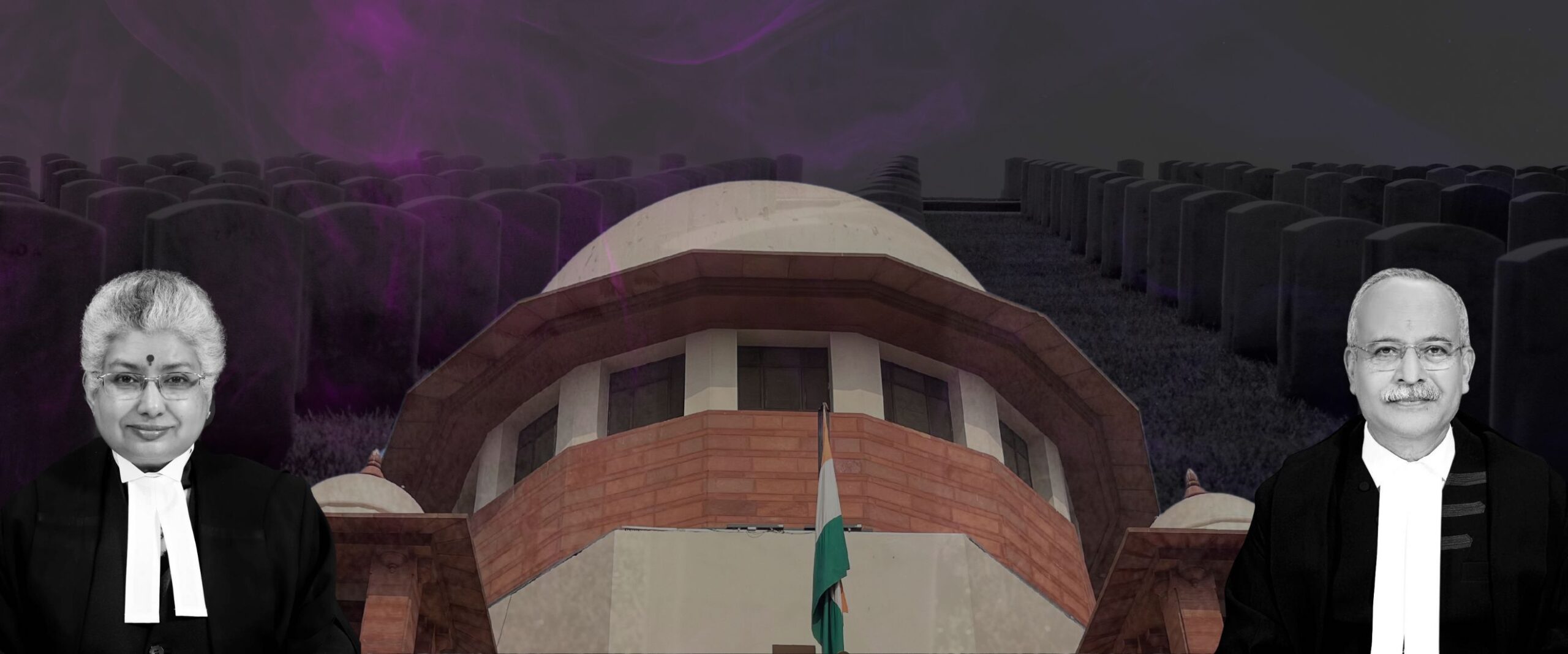
Earlier this week, the operative order in the split verdict of a two-judge bench had the strange consequence of preferring the judgement of one judge. Ramesh Baghel, a resident of Chhindwada village in Bastar had appealed to the Supreme Court after the Chhattisgarh High Court upheld a panchayat decision barring him from burying his father Subhash in their own village. The High Court based its decision on a “public order” concern, given that residents of this predominantly Adivasi village had protested the burial of Subhash, who was a Christian pastor.
In the split verdict, Justice S.C. Sharma noted that the “public order” concern raised was not a “ruse” and directed Subhash to be buried in a Christian burial ground in a different village, Karkapal. On the other hand, Justice B.V. Nagarathna found that the Panchayat’s position barring the burial of converted Christians in the village graveyard was “unfortunate” and “nothing but a violation of Article 14 and Article 15(1).” She directed that Subhash be buried on the family’s private agricultural land in Chhindwada itself.
Yet, the operative order favoured Justice Sharma’s direction. In split decisions, the norm is to refer the legal question to a larger bench. When there are operative orders in such cases, they are typically based on consensus.
Recent split verdicts, such as the one on interim bail for 2020 Delhi Riots accused Tahir Hussain and another regarding conviction for custodial death, referred the issues to larger benches without any directions. Last year, Justices Nagarathna and Sanjay Karol had issued a set of consensus-based directions, including one on the framing of a national policy on genetically modified crops, even as they differed on government approval of the environmental release of GM mustard crops.
In the present case, the bench justified its course of action on grounds of time—the body had been lying in a mortuary for almost three weeks and it was necessary to “accord an expeditious and dignified burial.” Indeed, a lot of time passes between a reference and a final decision. An analysis we published in 2022 showed that the average time was two years.
But there have also been exceptions made in time-sensitive cases. Yakub Memon’s mercy plea on the eve of his hanging resulted in a split verdict but a three-judge bench upheld his death sentence the very next day. In 2023, a three-judge bench turned down the plea of a woman to medically terminate her 26-week pregnancy just five days after a split judgement.
In both cases, a larger bench heard the matters expeditiously and put forth positions representing the Court’s standing on significant legal and constitutional questions. No matter the propriety of the reasoning, these represented coherent stances open to judicial challenge and academic critique.
In Ashray Adhikar v Union of India (2002), the Supreme Court had recognised a right to a dignified burial. Viewed in this context, the Baghel case raises a significant concern on whether “public order” concerns can so obviously override not only the right to equality and non-discrimination but Article 21 itself.
In the event, the Baghel judgement muddies our understanding of where the Court stands on key legal issues and opens up the possibility of more verdicts that are split only in rhetoric. Beyond these concerns, the Court may have given credence to a fear that Ramesh expressed to a reporter in the wake of the verdict: “I think the discrimination against the community is going to increase.”
This article was first featured in SCO’s Weekly newsletter. Sign up now!

